History in France
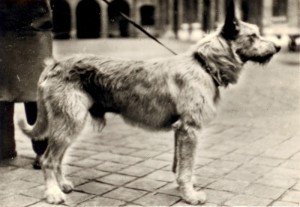
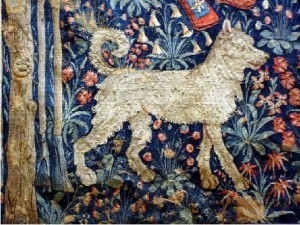



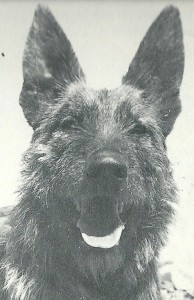
Thought to be the oldest of the French Sheepdogs, the Berger Picard was brought to northern France and the Pas de Calais during the second Celtic invasion of Gaul around 400 BC. Sheepdogs resembling Berger Picards have been depicted for centuries in tapestries, engravings and woodcuts. One remarkable illustration is from Livre de chasse (Book of the Hunt) by Gaston Phoebus,1387, entitled Chien de Ferme or farm dogs. Many of the dogs depicted resemble Picards with their prick ears and J-tails.

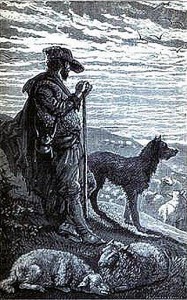
Of course it is not certain that the Picardy Shepherd originates strictly from the Picardy region of France; it is possible, even probable, that there were widespread as harsh-coated sheep and cattle dogs were typical throughout north western Europe. Some experts insist that this breed is related to the more well-known Briard and Beauceron, while others believe it shares a common origin with Dutch and Belgian Shepherds.
Around the mid 19th century, dogs used in France for herding were initially classified as one of two types: long hair (Berger de Brie or Briard) and short hair (Berger de Beauce or Beaceron). The mid-length coat was ignored for some time, but finally recognized as the Berger de Picardie (or Picard).
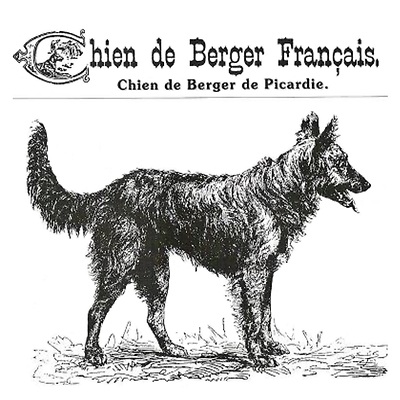
Although the Berger Picard made an appearance at the first French dog show in 1863 and was judged in the same class as the Beaucerons and Briards, the breed’s rustic appearance did not lead to popularity as a show dog. In 1898 there was proof that the Picard was a recognizable breed: it was tricolor, piebald with red brown markings. Here is an illustration of Tambour, a variety called Berger Bleu de Picardie. This variety disappeared long ago and was more like a long haired Beauceron.

Picards would continue to be shown and participate in herding trials but struggled to get recognized. Descriptions of the Picard and a standard were written but it is not until 1925 that the Berger Picard was officially recognized by the French Shepherd Club.

The breeding stock of the Berger Picard suffered from the ravages of World War I and World War II. With its population concentrated on the farms of northeastern France, trench warfare in the Somme reduced the Picard to near extinction. Wartime food rations made it very difficult to feed large size dogs. Dogs produced by peasants were not registered.